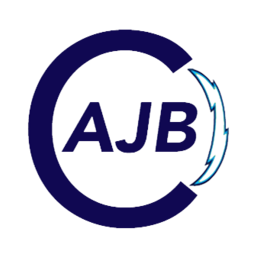Optical Character Recognition (OCR) has become an indispensable tool for digitizing documents and transforming paper-based information into searchable digital formats.
While OCR technology has made significant strides, achieving high accuracy can be challenging due to factors like handwriting variations, poor image quality, and complex layouts.
This guide will look into advanced techniques and best practices to enhance OCR accuracy.
1. Image Preprocessing

Before feeding an image to the OCR engine, thorough preprocessing is crucial.
This involves:
Image Enhancement
Noise Reduction: Removing noise (e.g., speckles, blur) using techniques like Gaussian blurring or median filtering.
Contrast Adjustment: Enhancing contrast and brightness to improve readability.
Deskewing: Correcting skewed or rotated images to ensure proper character recognition.
Binarization: Converting the image to black and white for easier character segmentation.
Despeckling: Removing isolated noise pixels that can interfere with character recognition.
2. Language Model Integration
Incorporating language models significantly boosts OCR accuracy. By leveraging linguistic rules and probabilities, the OCR engine can:
Correct Misrecognized Characters: Analyze the context to identify and correct misrecognized characters. For example, if the OCR reads “teh” instead of “the,” the language model can suggest the correct word based on contextual probability.
Improve Word Segmentation: Accurately segment words, especially in languages with complex scripts (e.g., Chinese, Japanese).
Handle Ambiguous Cases: Resolve ambiguities by considering the most likely word or phrase within the given context.
3. Advanced Machine Learning Algorithms
Deep Learning: Deep learning models, particularly Convolutional Neural Networks (CNNs), have demonstrated exceptional performance in OCR tasks. CNNs can effectively learn complex features from images, improving character recognition even in challenging conditions.
Recurrent Neural Networks (RNNs): RNNs are well-suited for handling sequential data like text. They can effectively capture long-range dependencies within a document, improving word and sentence recognition accuracy.
4. Custom Dictionary and Training Data
Create Custom Dictionaries: For domain-specific documents (e.g., medical records, legal documents), creating custom dictionaries containing domain-specific terms can significantly enhance accuracy.
Train OCR Models with Custom Data: Training OCR models with domain-specific data can significantly improve their performance on that specific type of document.
5. Regular Evaluation and Refinement
Continuous Evaluation: Regularly evaluate OCR accuracy using ground truth data and identify areas for improvement.
Model Refinement: Continuously refine OCR models by incorporating new data, adjusting parameters, and experimenting with different techniques.
By implementing these best practices and leveraging advanced techniques, organizations can significantly improve the accuracy of their OCR systems, leading to more efficient data entry, reduced manual effort, and improved data quality.
Are you looking for expert digital documentation transformation services? Don’t look further than AJB Consulting, where we offer a range of digital document conversion services. From XML data integration to document OCR services, we do it all.
Reach out to us at any time to learn more about our software services.
